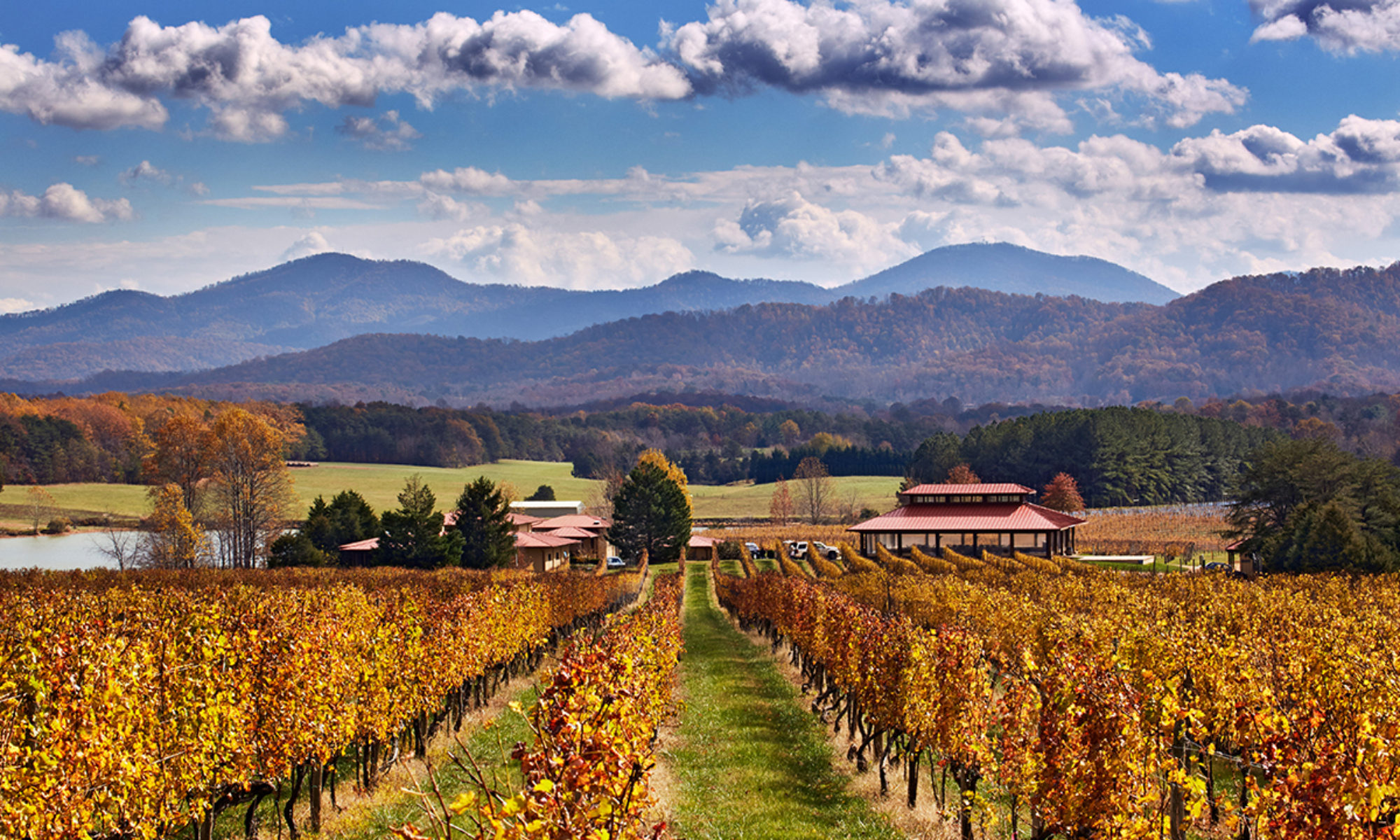Located off of Route 20 in Charlottesville, some 5 miles south of town on a hilltop. Newly-opened (May 2020) family-owned winery and wedding venue, owned by Athena Eastwood. The wines are currently made by Brad Hanson at Prince Michel, though they offer fruit wine from the farm’s pears, apples, blackberries, blueberries and cherry orchards.
Wines. One of the Top 30 wineries in Virginia. Eastwood wines burst onto the Virginia wine-drinkers’ radar at the 2022 Virginia Governor’s Cup state-wide wine tasting competition, winning a striking four gold medals – for their Cabernet Franc, Blanc des Blancs sparkling, Merlot, and Meritage Reserve. Four other bottles from the winery were awarded silver medals at the event: two Chardonnays, a Viognier, and the White Blend. At the 2023 Virginia Governor’s Cup competition, Eastwood came away with three silver medals, for their Cabernet Franc, Chardonnay Reserve, and 2021 Viognier, while the Eastwood Meritage Reserve came away with a bronze medal. The non-vintage Cabernet Franc and Meritage Reserve were awarded silver medals at the 2022 Atlantic Seaboard Winery Association competition. Eastwood is a farm and winery, but without a vineyard. Wines are being sourced from Prince Michel, though the fruit-based wines use Eastwood Farm’s products. Eastwood’s Tall Tails White Blend, a blend of apple and pears, was awarded a Silver Medal at the 2020 Governor’s Cup.
Setting. The tasting room is in the old horse barn on the property, with a porch. Great views of the hills and farmland from this spot on Carter’s Mountain Range. An attraction of the winery is a set of hiking trails on the property open to winery visitors.
Stories. Early Charlottesville. When European settlers first arrived in the area that would become Albemarle County, in the drainage of the James River, they found a Native American village named Monasukapanough. The Monacan town was located approximately five miles north of the present center of town on a hillside overlooking the Rivanna River. During the colonial era travelers followed a Native American hunting trail west – the Three Notch’s Road — from Richmond to a pass in the Blue Ridge Mountains, today’s Jarman’s Gap. Patents for large land grants began to be recorded in the 1720s and 1730s. Two recipients were near-neighbors whose grandchild was to become America’s first transcontinental explorer, Abraham Lewis and Nicolas Meriwether. Lewis secured 800 acres in 1735 in an area that currently includes the University of Virginia grounds, and Meriwether secured 1,020 acres in 1737 in the eastern portion of contemporary Charlottesville. That same year another patent was issued to William Taylor between the Meriwether and Lewis tracks; this tract encompassed the area that would later become the village of Charlottesville. The city was formally established in 1762, and named after Charlotte of Mecklenburg-Strelitz, the wife of King George the III of England, and the last Queen of Virginia. A big part of its future character came less from this royal connection than from one of the area’s revolutionary sons. Thomas Jefferson, living at his nearby estate of Monticello after relinquishing the Presidency, envisaged and founded the University of Virginia in 1819. Jefferson selected the site atop a small hill one mile from the center of town, in part due to his preferences for agricultural versus commercial “city” pursuits. The University’s location “outside of town” profoundly affected the subsequent urban development of Charlottesville by providing a strong westward focus of development, particularly along Three Notch’d Road (Main Street) connecting the University to the west and the town’s center to the east. One failed pursuit of Jefferson’s has another large impact on the city today: making wine in Virginia. Today Charlottesville is at the center of the most successful viticultural district in Virginia, the Monticello AVA, and is surrounded by a number of the state’s top wineries.
